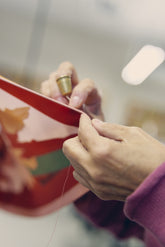
A seamstress rolls up the excess of fabric in the scarf frame under her expert fingers, obtaining a thin roll which must be consistent and slightly puffed. Using invisible hand stitches, she creates an effect that will give the item a refined and essential final touch.
Hemming is the final and decisive step in creating a scarf. "Roulottage” is a classic and timeless technique of a skillful handcraft, which is the heart of sewing knowledge.
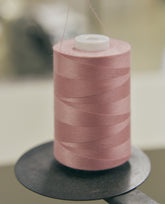
Although invisible, the thread used for hemming is always chosen in a colour that matches the scarf’s edge.
Although invisible, the thread used for hemming is always chosen in a colour that matches the scarf’s edge.
Read More
Read Less
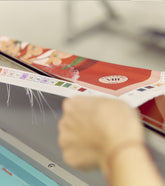
A classic scarf, measuring 90 x 90 cm, requires hemming for almost an hour by an experienced seamstress. The invisible stitches must be strong but they must not damage the silk fabric and the corners must be regular.
A classic scarf, measuring 90 x 90 cm, requires hemming for almost an hour by an experienced seamstress. The invisible stitches must be strong but they must not damage the silk fabric and the corners must be regular.
Read More
Read Less
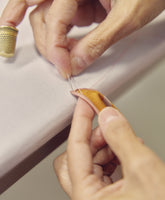
Hand hemming using "roulottage" can be done in two ways. The first is "Italian style" when the fabric roll is turned towards the back of the scarf, the second is "French style" when it is fixed towards the front.
Hand hemming using "roulottage" can be done in two ways. The first is "Italian style" when the fabric roll is turned towards the back of the scarf, the second is "French style" when it is fixed towards the front.
Read More
Read Less
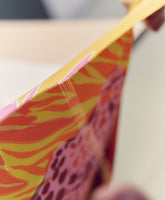
Fringing is another possible refinement for a scarf. Once the garment has been fixed so that the fabric does not move, a few threads are pulled out manually in the direction of the weft to obtain thin, regular fringes.
Fringing is another possible refinement for a scarf. Once the garment has been fixed so that the fabric does not move, a few threads are pulled out manually in the direction of the weft to obtain thin, regular fringes.
Read More
Read Less
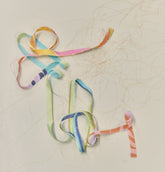
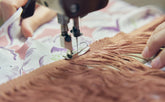
Longer fringes with a trimmed edge similar to a braid can be applied. These are attached to the item at the sides, after the fabric has been secured with machine stitching.
Longer fringes with a trimmed edge similar to a braid can be applied. These are attached to the item at the sides, after the fabric has been secured with machine stitching.
Read More
Read Less




